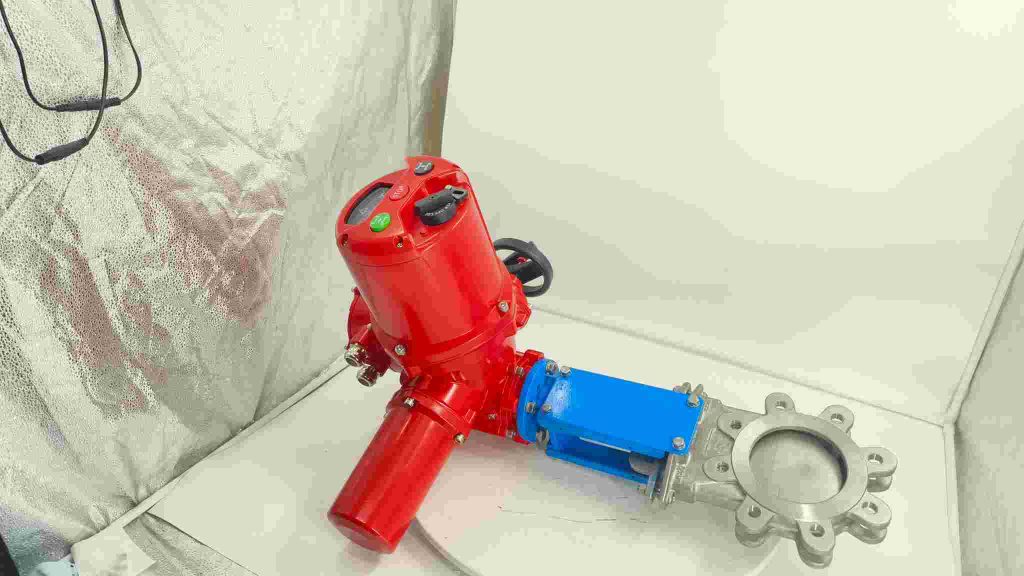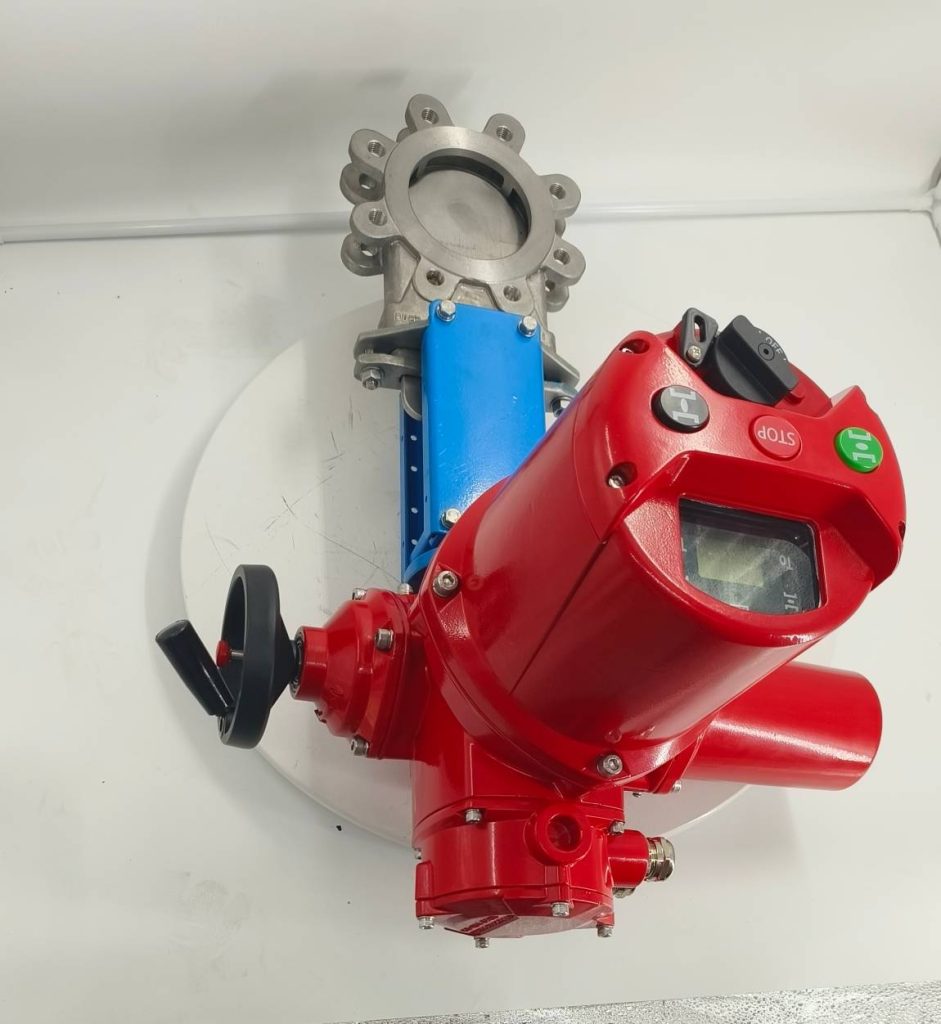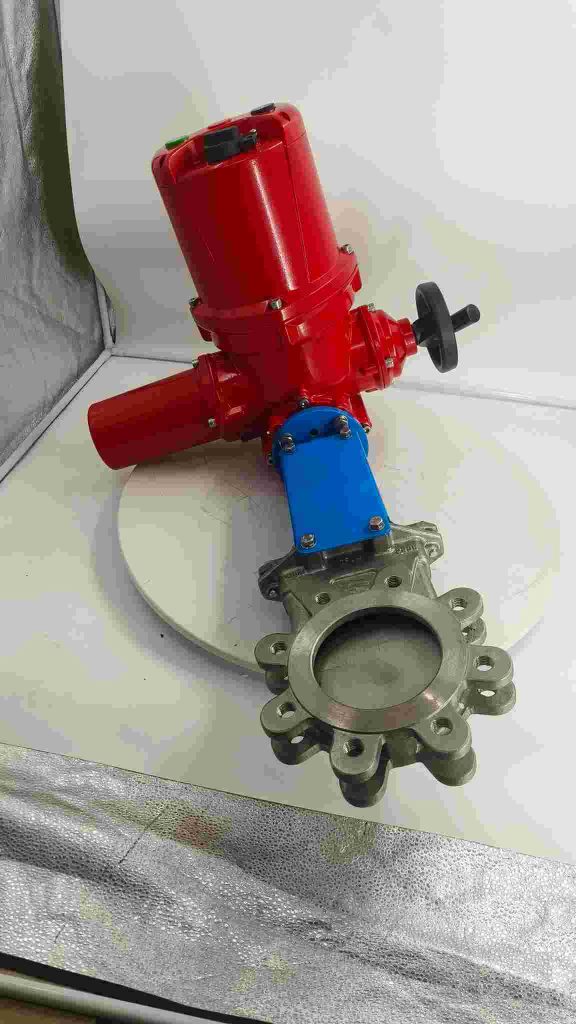In the quest for sustainable energy solutions, hydrogen energy has emerged as a pivotal player, offering a cleaner alternative to fossil fuels. As industries increasingly adopt hydrogen as a primary energy source, the need for reliable infrastructure becomes paramount. Among the critical components of this infrastructure are electric gate valves designed specifically for hydrogen applications. This article delves into the significance, design, and advancements of hydrogen energy electric gate valves, highlighting their role in promoting a sustainable energy future.

Understanding Electric Gate Valves

Electric gate valves are crucial control devices used in various industries, including oil and gas, water treatment, and power generation. They function by lifting a barrier (the gate) out of the path of the fluid, allowing for unobstructed flow. When closed, they create a tight seal, preventing any leakage. This feature is particularly important in hydrogen applications, where maintaining integrity and safety is essential due to the gas’s flammability and tendency to leak. The electric component of these valves allows for remote operation and automation, enhancing efficiency and safety in industrial settings. By integrating electric actuators, these valves can be controlled from a distance, reducing the need for manual intervention and minimizing the risk of human error.
